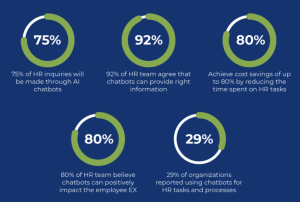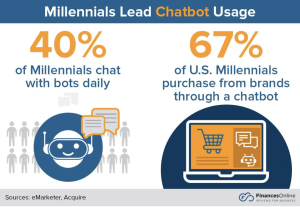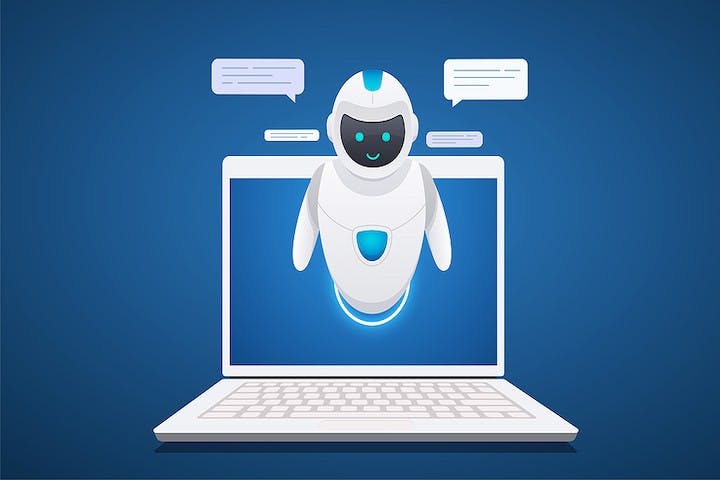Most CHRO will have no doubt seen/read/discussed [delete as appropriate!] the many different forms of artificial intelligent there is available now, with generative AI – such as the likes of ChatGPT – firmly taking centre stage.
These natural language technologies are, and will continue to make many more headlines throughout 2023.
The sudden arrive of these technologies invariably means many will be at different stages of their AI journey.
But even to the uninitiated, there is now a general acceptance that AI tools really can make HR professionals’ lives easier – not least by answering employees’ commonly-asked knowledge-based questions, or requests for support that generally take up a lot of HR’s time, and could be handled much more efficiently.
Conversational AI
The term some of these tasks often get included into is the umbrella terms ‘Conversational AI’ (or CAI). But CAI actually takes traditional AI a step further.
When we’re talking about CAI, we’re referring to the technology that powers intelligent virtual assistants (IVAs) and voice assistants, which can simulate human conversation.
It takes into consideration the complexities of human language such as slang, multiple word meanings and interruptions, and goes beyond linear resolution paths.
So how can this help HR?
CAI underpins how IVAs operate and can be a great front-line tool to efficiently triage incoming employee requests to the HR department, many being easily resolved without any human intervention.
This can automate a significant amount of mundane work for HR teams, allowing them to deal with higher priority issues.
It also makes the employee experience more dynamic, empowering them with quick answers that otherwise could have taken hours (if not longer) for a sufficient response.
Recognizing the benefits of automation isn’t, of course, entirely new. A McKinsey report from back in 2019 stated that “when coupled with other next-generation digital tools, we estimate that process automation may enable many businesses to reduce operational costs by up to 30% within five years.”
Almost five years on, our research confirms that the workforce is now ready for automation.
The research highlights tasks employees want to automate including finding information or documents (50%), creating service requests and getting status updates (48%), and asking for simple requests such as salary or holiday information (44%).
It’s clear that employees are crying out for automation and to be empowered to get tasks done quickly, efficiently, and accurately.
How do we take things from here?
This all sounds fantastic, and you may think the future of work could move fully over to AI-powered IVA solutions.
The reality is a bit more complex though, as this is not applicable or relevant for all use cases.
In a HR context there are several time-sensitive and personal requests that need to be directed to a member of the HR team, including employee discipline or termination issues, through to personal problems impacting their ability to work.
Without a living, breathing person to tie off the employee experience, the whole system would be filled with dead ends.
If used correctly though, CAI can be there to aid the employee experience, on both sides of the HR query.
To give an example of the sort of balance HR teams should be aiming for, one of our customers with over 15,000 employees has reduced HR request response time to seven seconds.
In fact, in the first six weeks, it achieved a 90% containment rate without needing to transfer a call or query to an HR team member, which was previously the only way employees could resolve requests.
This is thanks to an IVA that hosts 100+ FAQs and also covers 50+ dialogue flows that address routine queries related to pay and deduction, benefits, compensation, time-off, reporting, and holidays.
Employees feel the benefit of fast responses to queries and HR teams can spend more time on high-value tasks.
A revolution in full swing
If McKinsey foresaw it, we foresee a great shift too.
We foresee that IVAs powered by CAI can act as a force multiplier for the HR function, allowing them to concentrate on more intricate tasks, leading to an overall increase in productivity.
CAI can also be built to respond in multiple languages, which is crucial for large enterprises operating globally. Leave-balance and management, compensation dates, company holiday schedules, department-level queries, etc., will all vary by country and an HR department, but IVA can be developed with this in mind and know where each employee is located and their preferred language, so it can respond in a hyper-personalised way.
All this AI technology can dramatically increase the effectiveness and efficiency of an HR team’s work processes, saving both time and money, while elevating the employee experience. It’s a win, win, win for everyone involved.
To really transform their effectiveness, efficiency, and work processes, HR teams really do need CAI.
HR chatbots – the stats:
- Research by Resolve AI finds CHROs think 75% of HR inquiries are now capable of being resolved by AI chatbots.

- Currently, employees have to wait an average of three days to get a response from the HR department.
- Some 66% of HR leaders (source: Spcial.com), believe their employees are already comfortable interacting with chatbots to obtain information about common HR policies. This is confirmed by data below:

